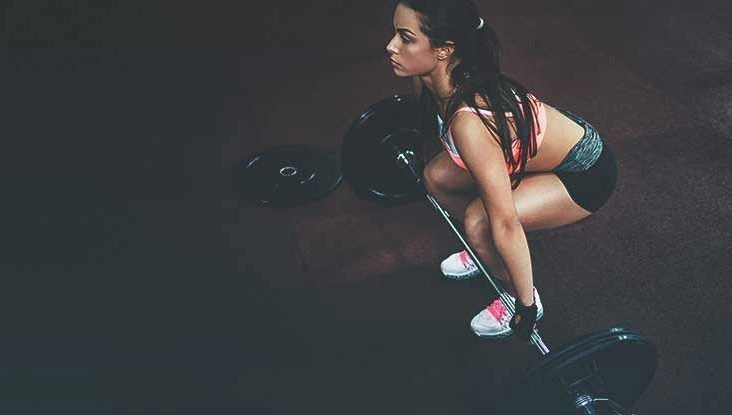Squats are beneficial for everyone from fitness beginners to seasoned lifters and athletes. They’re a practical, efficient exercise targeting the lower body.
There are numerous squat variations. You can perform them unweighted or add resistance with a barbell, dumbbells, kettlebells, or a machine — or simply use your own bodyweight.
Back squats involve positioning a bar across your back while descending into a squat toward the ground. Typically, the bar is placed in one of two positions: higher on the upper back or lower on the midback.
Understanding the distinction between a high bar placement and a low bar placement matters because it alters which muscles are emphasized. Here’s how to determine which version suits your aims.

What is a low bar squat?

A low bar squat places the bar lower on the upper back when performing a back squat. The bar should rest on the posterior deltoids rather than on the highest point of the shoulders. Feet are generally about shoulder-width apart with toes slightly turned outward for this variation.
From this setup, you must hinge more at the hips right away to maintain balance and keep the bar traveling in a straight line over the midfoot. That adjustment produces a greater forward lean of the torso throughout the movement to avoid tipping backward.
Benefits of a high bar squat
The high bar squat emphasizes the quadriceps. It’s a solid choice if your goal is to add strength and size to the quads, the muscles along the front of the thighs. This variation favors people with good ankle mobility because the knees travel farther forward past the ankles to reach depth.
High bar squats also tend to place less load on the lower back and are easier to balance than low bar squats, because the bar starts more naturally aligned over the midfoot.
Benefits of a low bar squat
The low bar squat shifts more work onto the posterior chain, including the glutes, hamstrings, and spinal erectors.
Because it reduces demand on the quads and increases emphasis on posterior muscles, it’s useful for lifters aiming to develop the glutes and better recruit the hamstrings. This version generally engages more muscle groups, and some lifters find they can handle heavier loads with a low bar set-up, potentially boosting maximal strength. It may also benefit those with limited ankle mobility, since the knees don’t need to travel as far past the ankles, reducing the required flexion angle.
Which one is better?
Both squat styles are effective but serve different purposes. If you want to enhance power and strength for movements like power cleans and snatches, a high bar squat might be preferable.
If your aim is to target the posterior chain, raise your one-rep max, and challenge balance and core stability, a low bar squat may be more appropriate.
A drawback of the low bar approach is that many people lack the shoulder mobility and balance to sustain correct positioning under load. Poor technique combined with heavy weight raises the risk of injury.
The takeaway? The best squat is the one you can perform with solid form.
Next steps
Coaches, clinicians, physical therapists, and trainers frequently incorporate squats into programming. As a foundational functional movement, squats offer many benefits in the gym, in sport, and during daily activities. Both high bar and low bar squats build lower-body, core, and back strength while improving balance, coordination, and mobility. High bar squats suit exercisers across fitness levels, whereas low bar squats are more technical and usually best for experienced lifters aiming to advance their training.


















Leave a Reply
You must be logged in to post a comment.